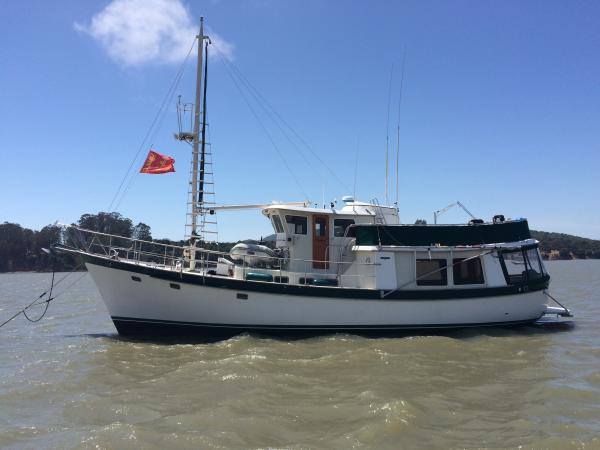caltexflanc
Guru
Maybe boating here in BC is easier. I don't use my bridle to reduce shock loads. I have the weight of the catenary in the chain for that. I use the bridle to eliminate the transfer of the noise of the chain rumbling across the bottom. Once there is a length of rope in the line, it really doesn't matter how much, that noise stops. Without it, the whole boat resonates with the noise from the chain over the bottom. Especially noticeable on a quiet night, at the change of tide.
Mine is a simple hook inserted into the chain so that when I stop letting it all out, it rests just above the water. The rope can be taken aboard through a hawse, or over the roller, really doesn't matter, then to a stout cleat or the Sampson post.
Sounds like you don't anchor in stronger winds. 20 knots+ (sometimes less) typically takes the catenary out of a properly sized chain rode. That's the difference.


